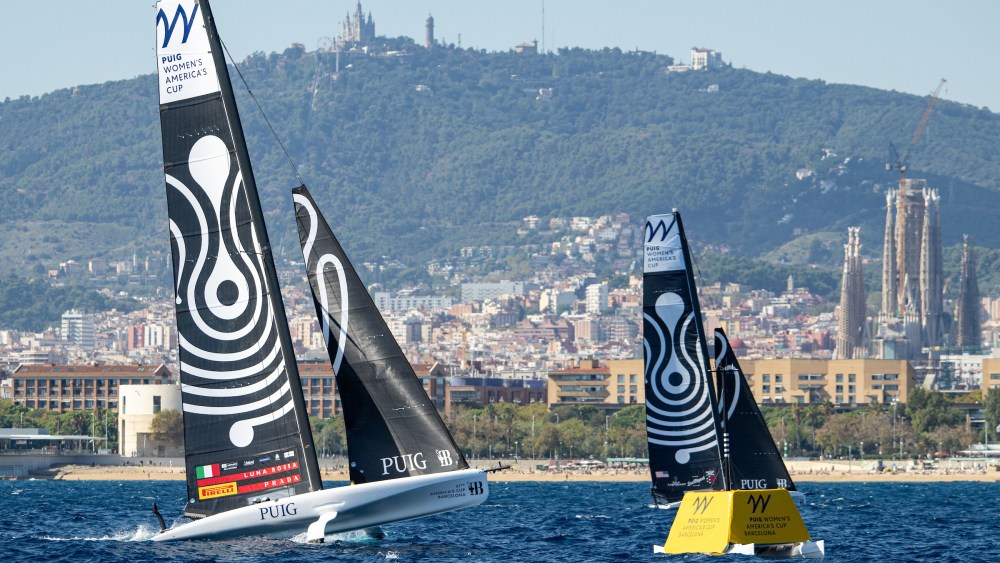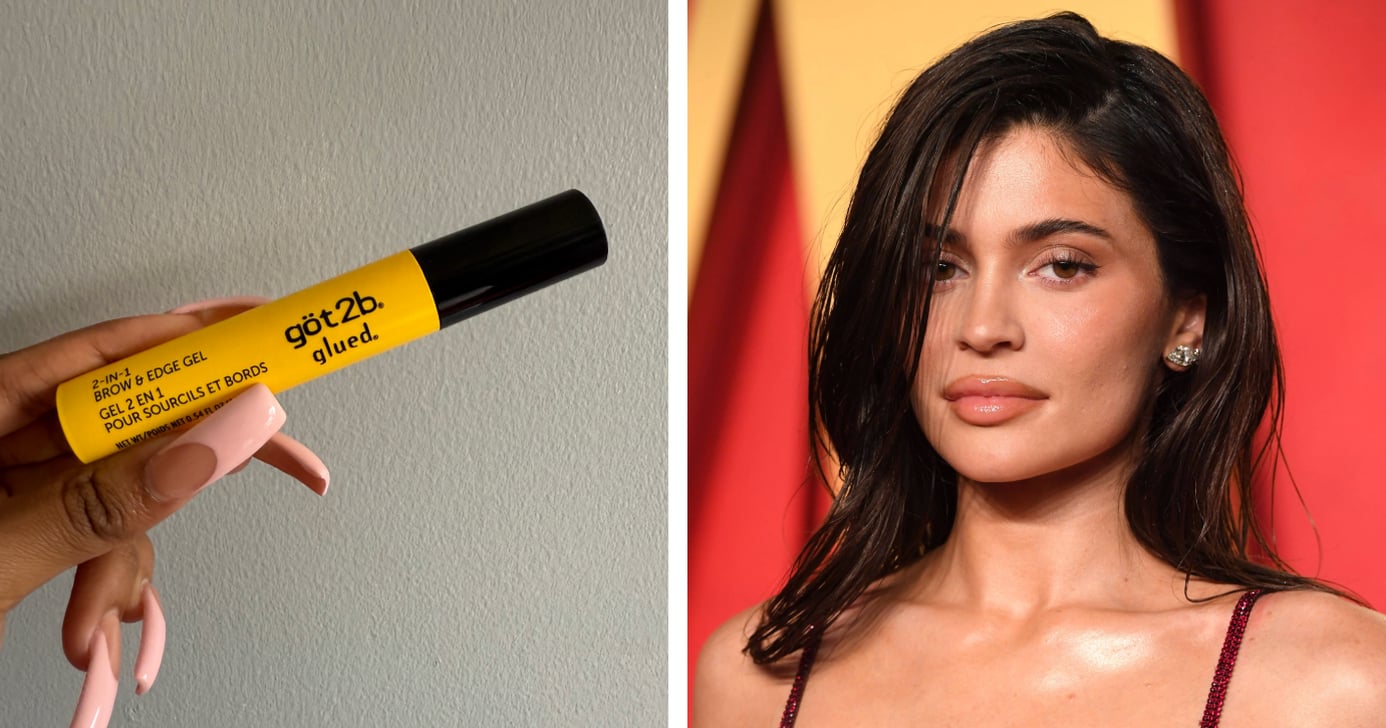PARIS — There was no question that Puig would support an America’s Cup in Barcelona.
The city is the Spanish beauty and fashion company’s birthplace, and the group’s founding family has a long-standing nautical history.
“It was a natural decision that we should do something to support this event,” said Marc Puig, chairman and chief executive officer of Puig, referring to the oldest competition in international sport, dating from 1851.
So the company became the global partner of the Louis Vuitton 37th America’s Cup, running through Oct. 27, and the official naming partner of the inaugural Women’s America’s Cup, taking place through Sunday.
Related Articles
That new event is the first women’s regatta in the history of the elite sailing race and provides female sailors with a platform to showcase their skills and talent in the foiling AC40s. It lays the groundwork, as well, for a pathway of skills to the America’s Cup itself.
Since its inception 110 years ago, Puig, whose brands include Rabanne, Carolina Herrera and Jean Paul Gaultier, has had a deep link with sailing. The company was the sponsor of the Copa del Rey in Palma de Mallorca between 1984 and 2006.
In the ’80s and ’90s, Puig sponsored a boat called the Azur de Puig, which had a crew mainly made up of women.
Since 2008, the company has been organizing and sponsoring the Puig Vela Clàssica regatta in Barcelona. Puig’s stakeholders are invited to that to take in the races, and some actually get to participate as sailors on the vintage boats hailing from various categories. Twenty to 30 people are needed to run each, since everything is operated by hand.
“We are one of the only companies in our industry based in Barcelona — they’re normally in Paris, London, New York — all the mega cities,” said Puig. “We said Barcelona is a special city. It’s one of the few cities on the Mediterranean that has this character. We believe that for many of our partners — clients, people who work with us — it’s an exotic experience to view, to have the opportunity to sail on one of these boats.”

This year, Puig Vela Classica Barcelona, which took place in September, entered the America’s Cup calendar for the first time.
“When the opportunity came to host the America’s Cup in Barcelona, initially, it didn’t have a lot of support from the institutions,” said Puig. “We — a few people in Barcelona, among others, one of my brothers — decided to push and support the idea of bringing the America’s Cup [there].”
Several cities were competing at the time for the event.
“We gathered a number of social institutions, we supported it and then had the support of the [city] administration,” said Puig. “At the end, Barcelona won the possibility to host the America’s Cup.”
Concurrently, Grant Dalton, CEO of the America’s Cup, wanted to leave a long-standing imprint on the race.
“His legacy was to promote the use of hydrogen[-powered] engines for the chase boats,” said Puig, explaining traditionally those are fueled by gas. “When we heard of the idea, we jumped on to it, [even though] historically we were not necessarily inclined to promote the name Puig — we were promoting our brands. [But] as a consequence of our decision to go public, we felt that it was a good opportunity for us to make the name a little bit more present.
“And help us start helping people to pronounce our name better,” he said, with a laugh, since “Puig” is frequently said incorrectly.
Marc Puig’s enthusiasm for the America’s Cup was palpable. Numerous times during the discussion he brought out his cellphone out to show footage he’d taken on the sea. The executive is awed by the sailboats — their speed, ability to turn 90 degrees quickly and otherworldly appearance, among other attributes — and highly fluent in the different boats and rules of racing.
The sleek Puig Women’s America Cup boats have dark blue-and-white sails spangled with the group’s evolved corporate logo that was launched in May. The new emblem has a vertical, curvilinear shape that resembles a fingerprint and gives the idea of blossoming.
When Puig became CEO of his family’s company in 2004, nearly half of the group’s business was in Spain. Today, it makes up 7 percent.
“So we have to promote our name out there,” he said. The link with the America’s Cup is one way to do that a little bit more loudly — that is, in the company’s own style, which remains very low key.
“It’s an opportunity to talk about our company a little more — who we are, what we do and what we stand for,” said Puig.
At the same time, the America’s Cup is helping to inject energy into Barcelona. It is the third-largest TV sporting event, after the Olympic Games and World Cup, according to the Port de Barcelona. Viewership is expected to total 1.2 billion on TV, plus 10 million more through social media platforms, raising awareness of the city.
The cup is also helping evolve Barcelona’s waterfront, especially the Port Vell area (that and the beach to Port Olímpic are off which the races take place). Other events had set that in motion in the past, including the 1992 Olympic Games.
“The city opened up to the sea,” said Puig. “It really was a transformation.”
There was also the 1929 Barcelona International Exposition contributing to reshape the waterfront.
He sees parallels between sailing and how Puig functions as a business.
“Particularly with these America’s Cup boats, you see that in the beginning, many of the races were won by those that made the least mistakes,” he said. “Because it requires a lot of coordination, and everything needs to function as a well-oiled machine. At the same time, you’re competing with another amazing vehicle. It’s about leadership, setting the right direction and knowing where the wind comes from.”
Being the official naming partner of the inaugural Women’s America’s Cup dovetailed with Puig’s ethos. Seventy percent of the company’s workforce is female, and women are its main consumers.

“We thought it was an idea that was worth supporting,” said Puig.
The Puig Women’s America’s Cup is one of the highlights of this year’s America’s Cup. In addition to the six established official participants representing New Zealand, Great Britain, Italy, Switzerland, the U.S. and France, six new teams from Spain, the Netherlands, Canada, Germany, Sweden and Australia joined the race. As a result, there are up to 70 female athletes competing in Barcelona, making it a groundbreaking initiative for inclusion of women.
In May, Puig unveiled the logo and trophy for the Puig Women’s America’s Cup, which was created by Patricia Urquiola. At the time, the architect and designer said she used “a simple, geometric figure, like a cylinder, without decorative elements or a base, which at one point opens up like a large sail struck by the wind.”

Made of silver and weighing about 11 pounds, the trophy comes with a rich chiseling on its outside, hiding a rose-gold effect inside. Unlike the original America’s Cup trophy, which was designed by Robert Garrard in 1848, the Puig Women’s America’s Cup has no handles, so that “the winning team can embrace it in its full form,” Urquiola said.
Marc Puig has been engaged with sailing almost forever. He has spent his life on the water, starting at a very young age.
“When I was 7 years old, they threw me in a little sailing boat — I had never sailed anything,” said Puig. “I was scared to death because the only thing I wanted was not to capsize.”
At the time, there were rats in the water, heightening his anxiety. But despite weathering that and the subsequent cold and capsizing while sailing growing up, he finds himself returning to the sport over and over.
“When you do things as a kid, they last somehow,” said Puig.


